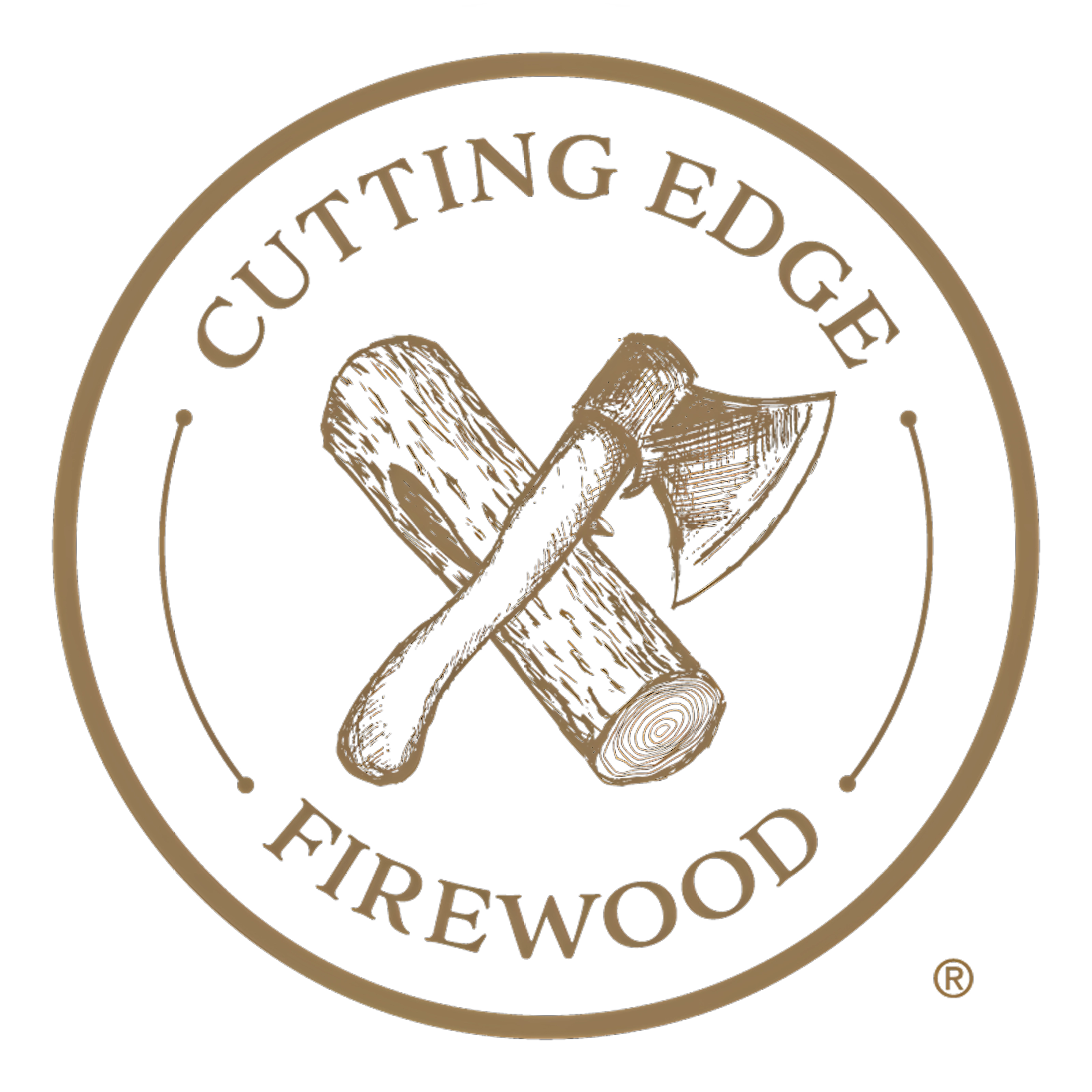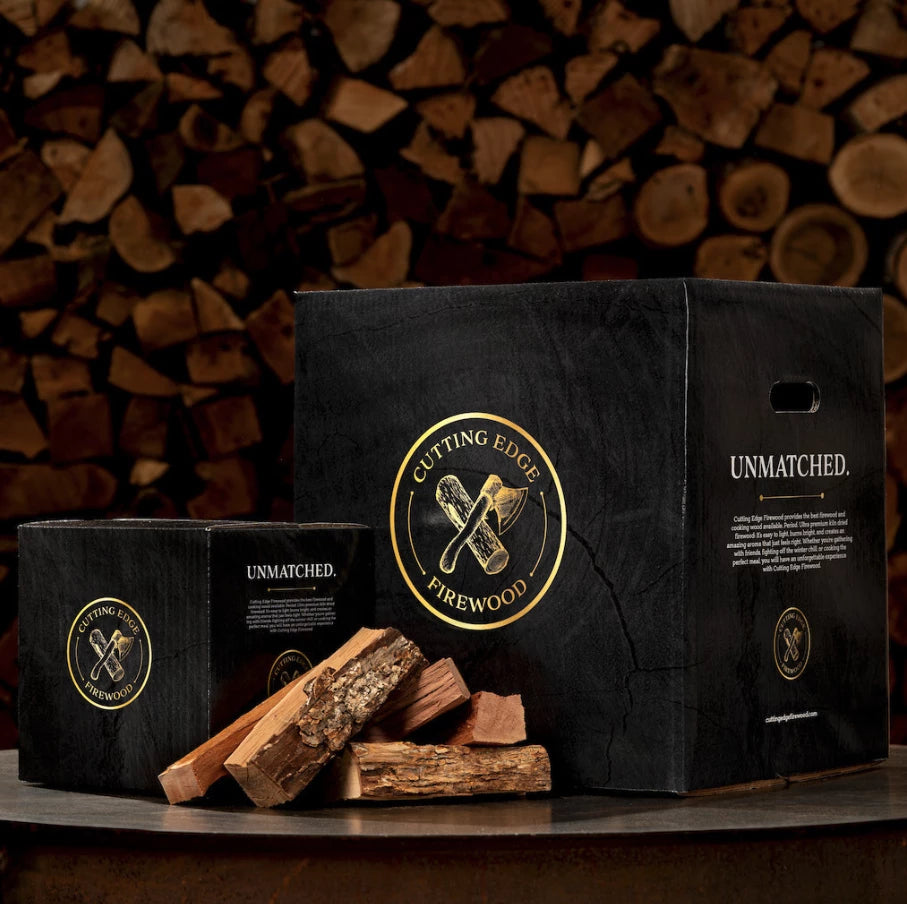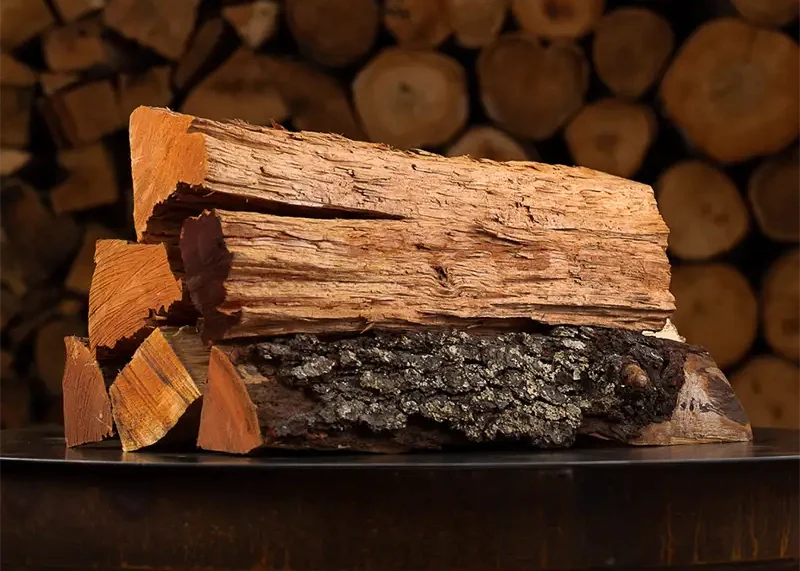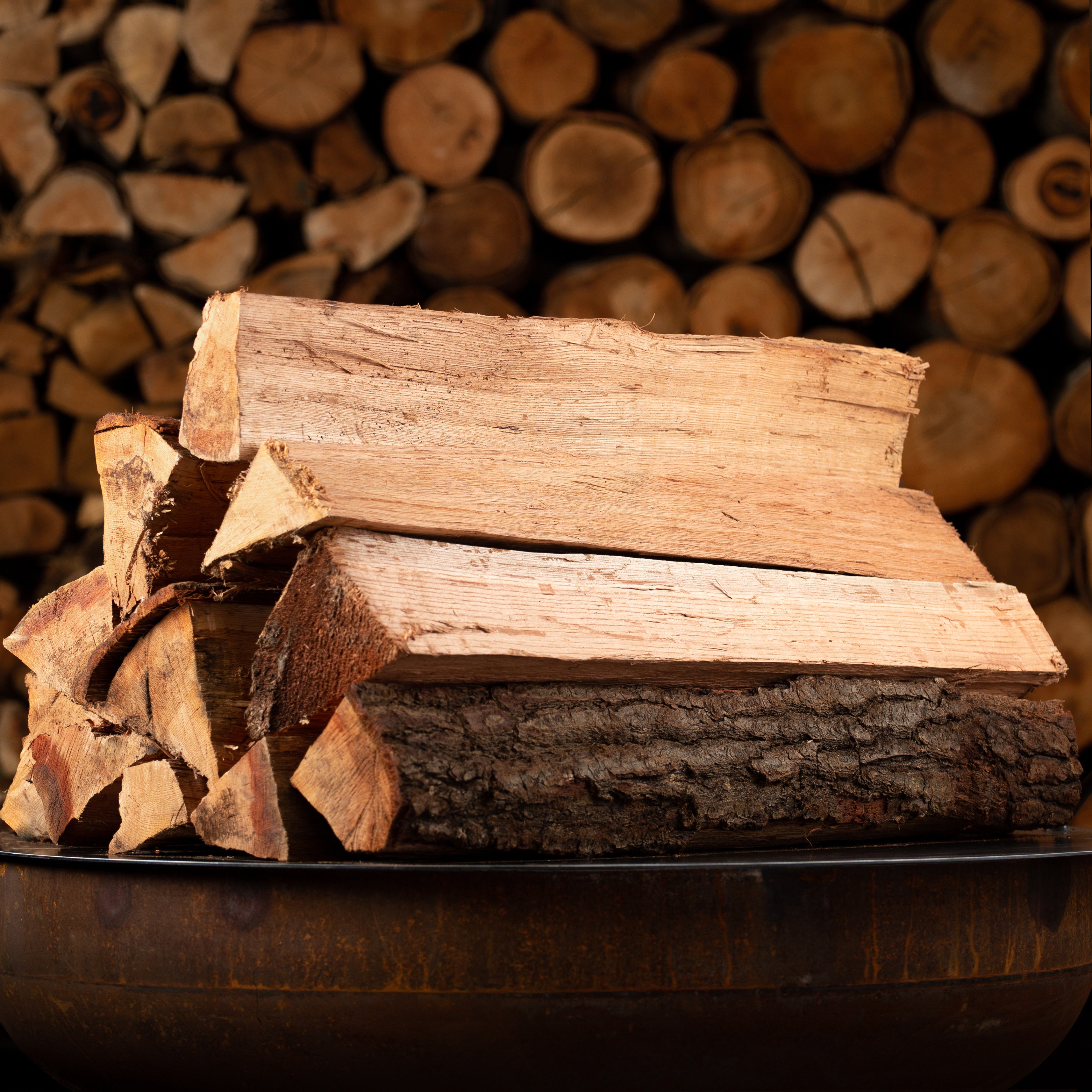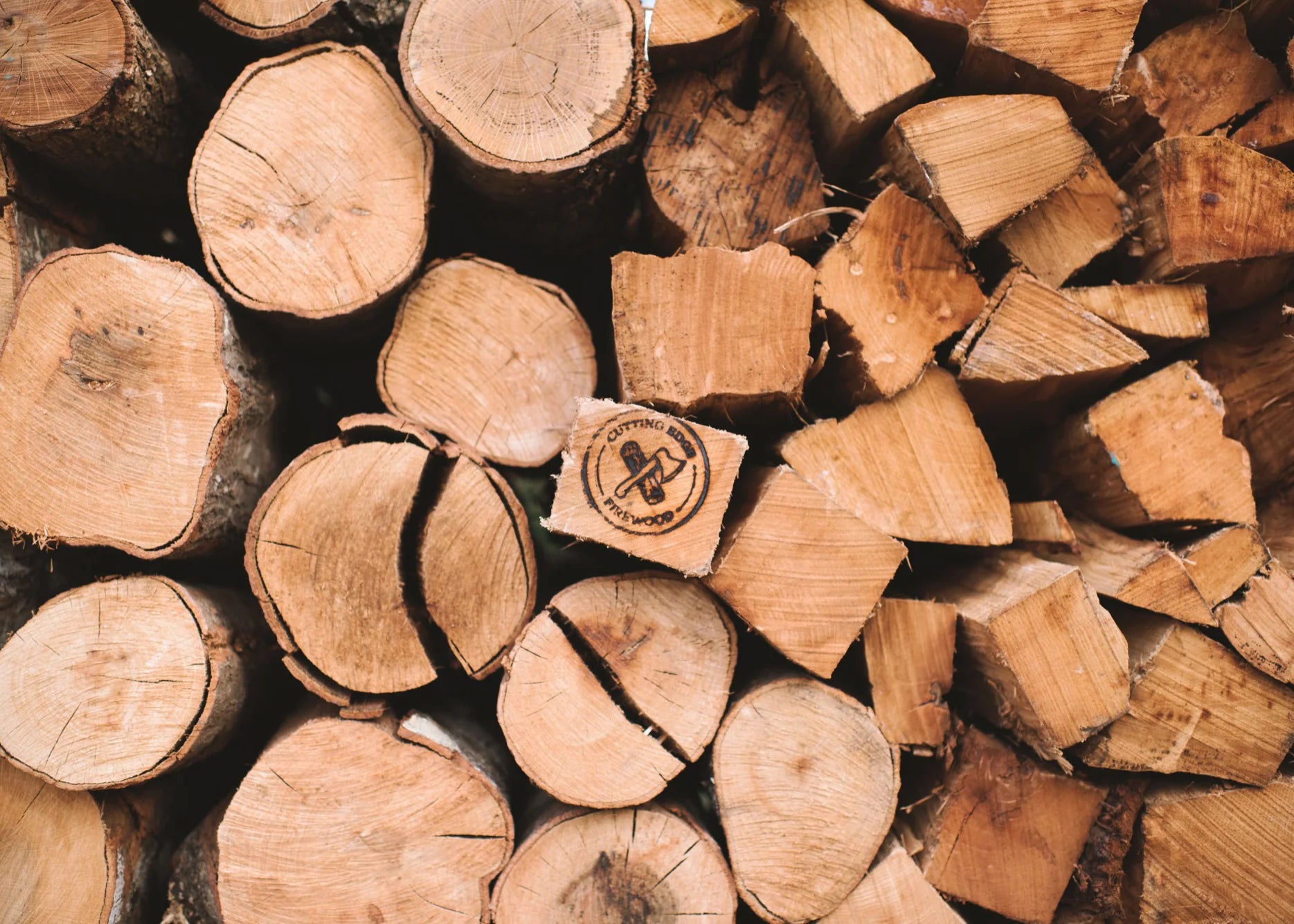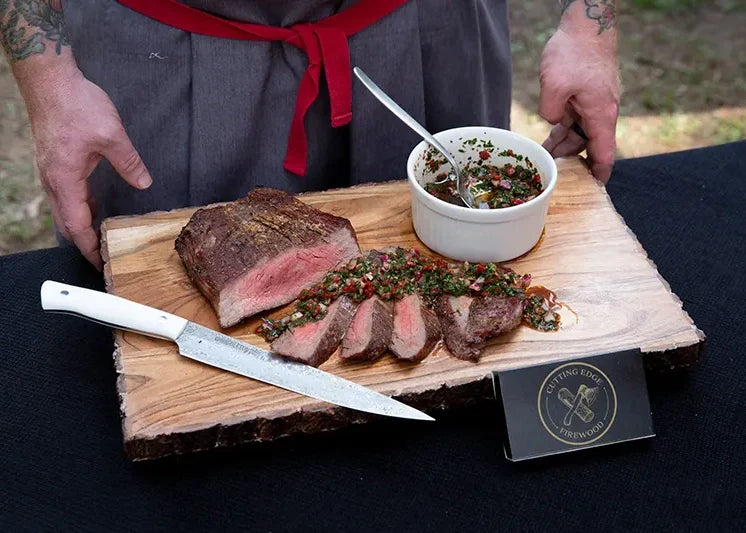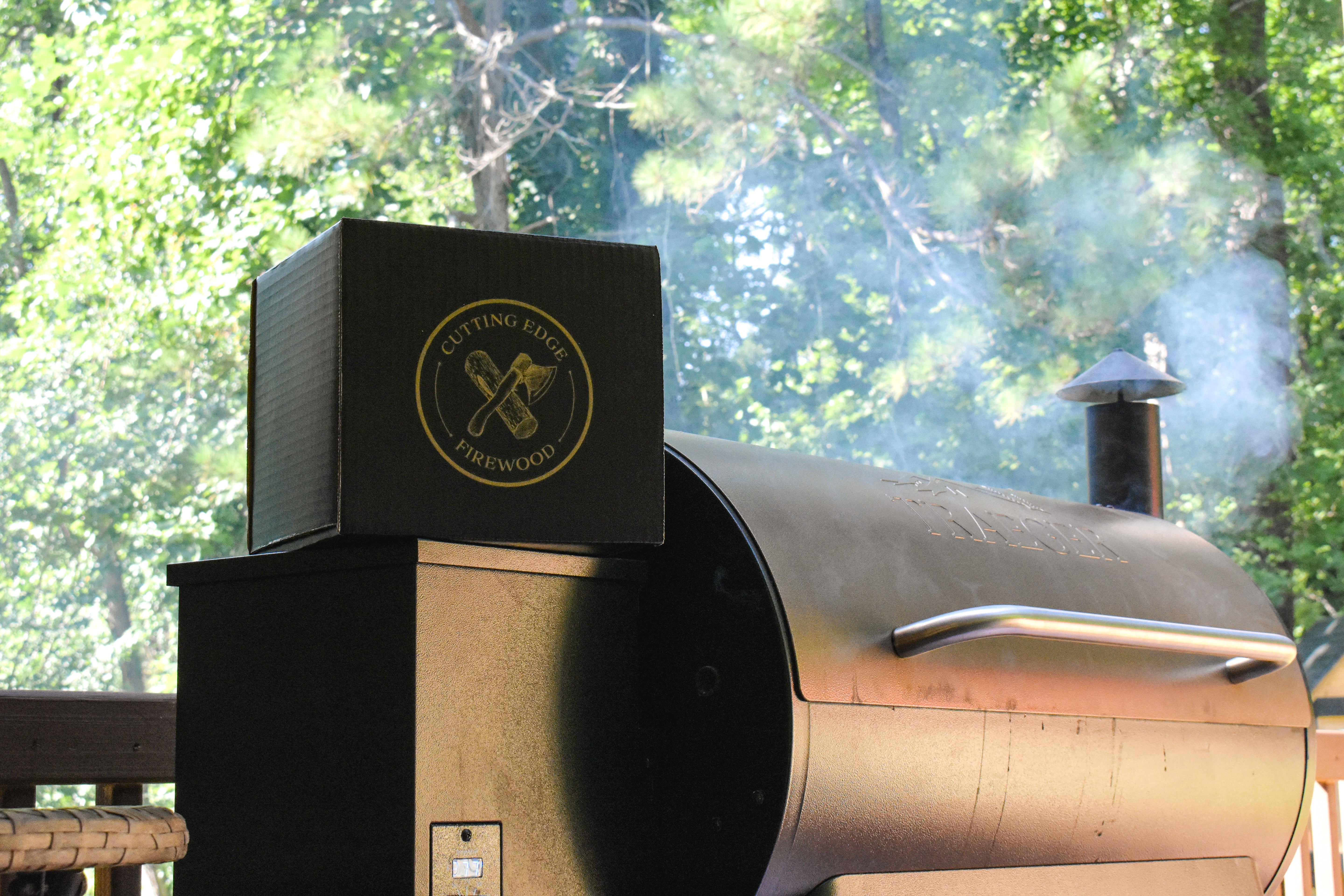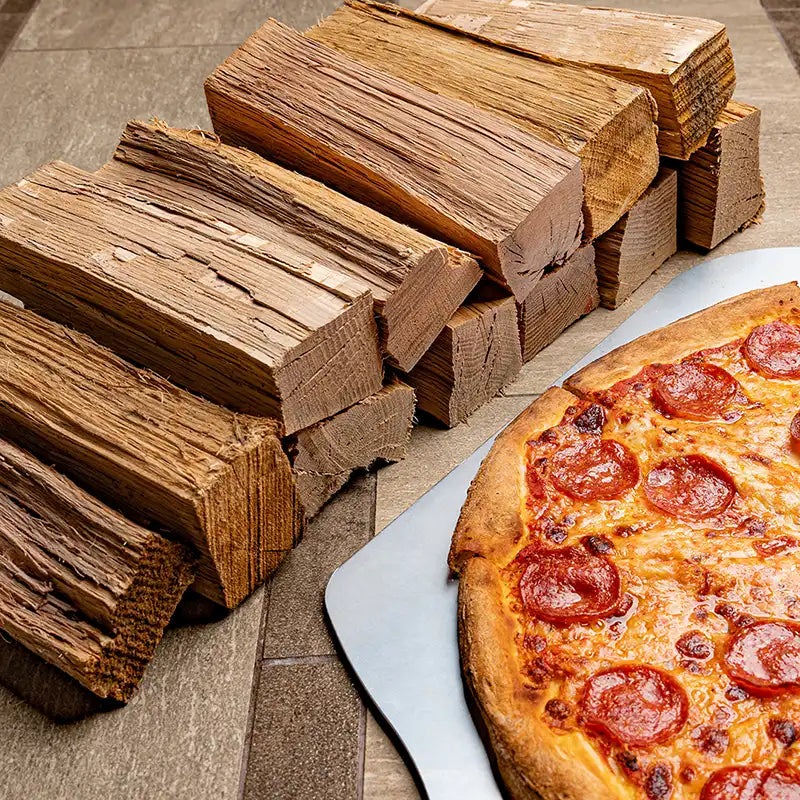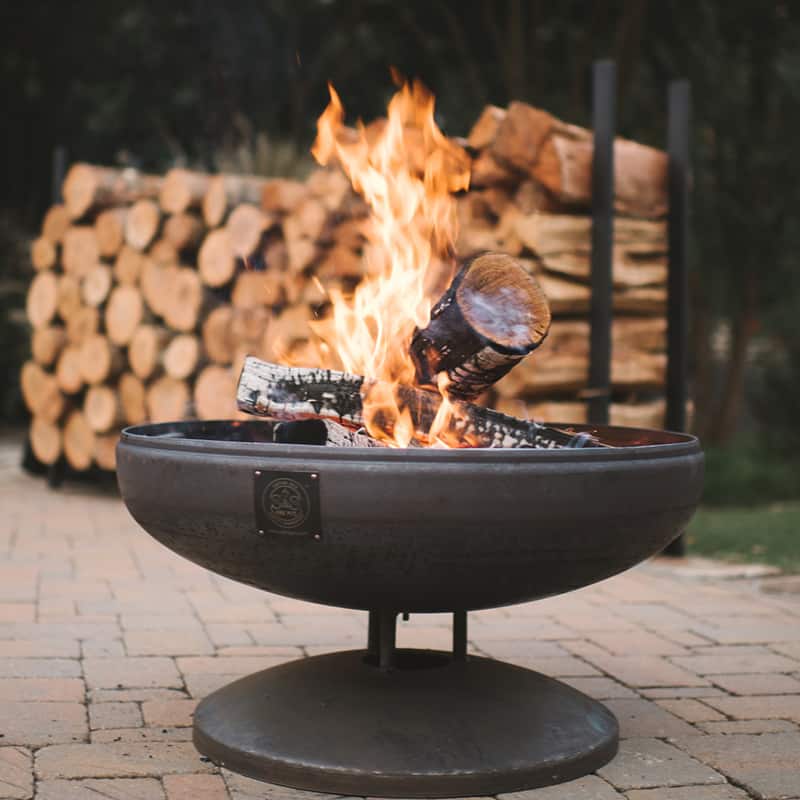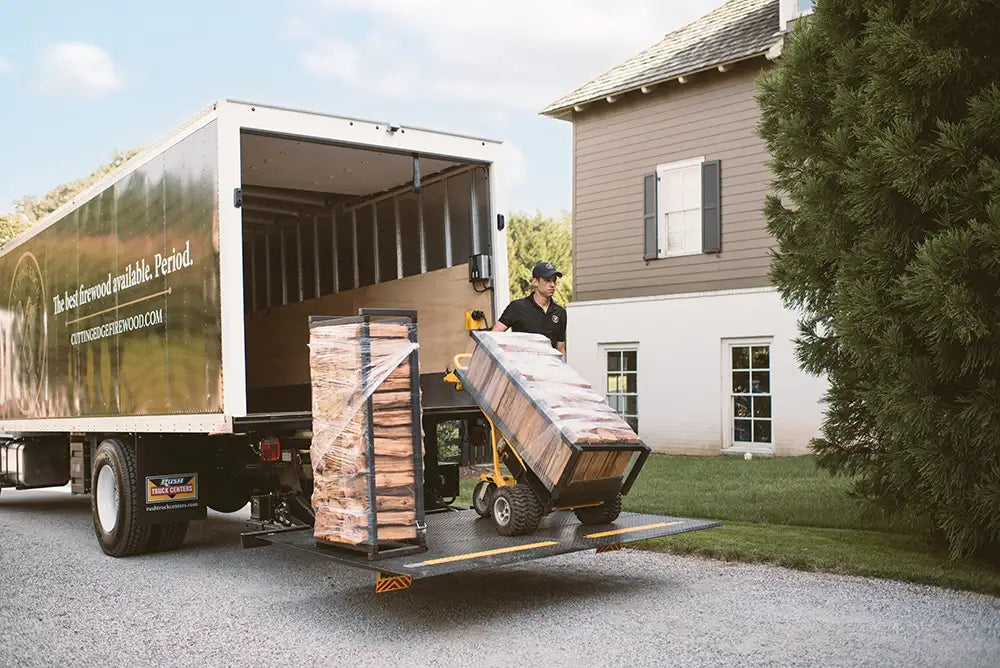There's no better way to cook ribs than by smoking them with flavorful wood chunks. Whether beef or pork, ribs are comprised of connective tissue that, when not properly cooked, is somewhat chewy. Smoking, however, breaks down the connective tissue to create tender ribs that you can pull apart with your fingers. At the same, smoking enhances the flavor of ribs by injecting them with flavorful compounds from wood chunks.
Choose the Right Type of Ribs
Smoking tender and mouthwatering ribs begins with choosing the right type of ribs. As you may know, all ribs come from the chest area of a pig or cow. With that said, there are several different types of ribs, each of which features unique characteristics.
Below are some of the most common types of ribs used for smoking:
- Baby Back Beef Ribs: Also known as back ribs, back baby beef ribs are lean with minimal amounts of cartilage.
- Short Beef Ribs: Taken from the shoulder area, short beef ribs are inexpensive but contain more connective tissue than other types of ribs.
- Baby Back Pork Ribs: Like baby back beef ribs, baby back pork ribs are often preferred among pitmasters because of their tenderness. They don't contain much cartilage, making them particularly tender when smoked for long periods.
- Spare Pork Ribs: Taken from the lower chest area, spare pork ribs contain more fat than other types of ribs. When smoked, the fat will melt to keep the ribs moist and flavorful.
Clean Your Smoker
Before you can begin smoking your ribs, you'll need to clean your smoker. Start by opening the lid to see if there's any ash at the bottom of the fuel compartment. It's always a good idea to dump and dispose of ash each time you use your smoker. Simply adding wood chunks or charcoal over the ash won't work. As the fire draws air into your smoker, it will stir up the ash, which may cause the ash to land on your ribs. Therefore, you should clean out any ash in your smoker before adding your ribs.
In addition to cleaning out the ash, you should also brush your smoker's cooking grate with a wire grill brush to remove any debris. Just press the grill brush against the grate and scrub it back and forth. When finished, apply a light layer of high-heat cooking oil, such as vegetable oil or canola oil, to the grate. The purpose of the high-heat oil is to prevent the ribs from sticking, which could otherwise cause the skin to tear.

Add Your Charcoal and Smoking Chunks
Now that your smoker is clean, you can add your charcoal and smoking chunks. Depending on the type of smoker you own, it should have either one or two fuel compartments. Most smokers, as well as grills, have a single fuel compartment. Offset smokers, however, have two fuel compartments -- one for the wood chunks and another for the charcoal.
If your smoker has a single fuel compartment, you can place charcoal at the bottom of it and either sprinkle wood chunks over them or place the wood chunks off to the side. If your smoker has two fuel compartments, you should place the charcoal in the compartment that's directly below the cooking grate and the wood chunks in the separate, "offset" compartment. The charcoal will produce the heat needed to cook your ribs to a safe internal temperature, whereas the wood chunks will provide the distinct flavor that's commonly associated with smoked meat. Of course, you don't have to use charcoal. It's perfectly fine to only use wood chunks, assuming you open the dampers to create a hot fire.
It's important to use the right type of wood chunks when smoking ribs. Avoid using softwood varieties and, instead, stick with a flavorful hardwood variety. Hardwood is denser than softwood, so it's able to produce more heat. Furthermore, it contains less moisture than softwood, resulting in a more efficient combustion process. Some of the top hardwood varieties used to smoke ribs include pecan, cherry, hickory and oak.
Season Your Ribs
Of course, you should season your ribs before adding them to your smoker. There are dozens of ways to season ribs. Some pitmasters use a dry rub seasoning, whereas others prefer using barbecue sauce.
Keep in mind, you don't have to use a single type of seasoning for all your ribs. If you're cooking a full rack of ribs, you can experiment with two different seasonings for each half rack. Through trial and error, you can discover the perfect seasoning for your smoked ribs.

Heat Your Smoker to 250 Degrees Fahrenheit
You'll need to wait until your smoker has reached an appropriate cooking temperature before adding your ribs. While you can technically smoke ribs at temperatures as low as 150 degrees, this isn't recommended. At this temperature, your ribs will take forever to cook, and your wood chunks will produce little or no smoke. Therefore, you should aim for a temperature of about 250 degrees Fahrenheit. Only after your smoker has reached 250 degrees Fahrenheit should you add your ribs.
To make your smoker hotter, add more charcoal or wood chunks. With more fuel, the fire will intensity while producing more heat in the process. On the other hand, you can lower the temperature of your smoker by partially closing the damper vents. The damper vents must be at least partially open at all times. Otherwise, the charcoal and wood chunks will stop burning. By closing them about three-fourths the way, however, less air will enter the smoker, which should cause the temperature to drop.
Smoke for 3 to 4 Hours
It takes longer to smoke ribs than it does to grill them. When grilling, you can expect your ribs to fully cook in just 20 minutes. Smoking uses a lower temperature than grilling, however, so it typically takes ribs about three to four hours to fully cook.
While your ribs are smoking, you can use this opportunity to prepare vegetables or other side items. If your smoker has an elevated grate over the main grate, for instance, you can place your vegetables on it so that it cooks slowly and with less heat. Known as a "warming rack," it's perfect for smoking corn, potatoes and other vegetables.
Flip Every 30 Minutes
While your ribs are smoking, try to get into the habit of flipping them about once every half-hour. Failure to flip your ribs will cause them to cook unevenly. The bottom of your ribs -- the side directly exposed to the grate -- will naturally cook faster than the top. To ensure your ribs cook evenly and don't burn on either side, you should flip them every half-hour. After smoking for three to four hours, your ribs should be ready to eat. Just remember to use a probe thermometer to ensure they've reached at least 145 degrees Fahrenheit, which is the minimum safe temperature for ribs as specified by the United States Department of Agriculture (USDA).
Find the best quality smoking chunks by visiting wood chunks for smoking today. Cutting Edge Firewood offers a variety of high-quality smoking chunks, including white oak, hickory, cherry, pecan and whiskey, all of which will allow you to smoke delicious ribs. We offer complimentary shipping for our smoking chunk products across the United States.
